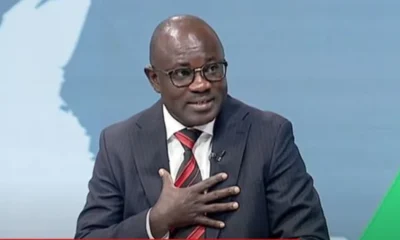Typically, the funding increases were larger for low-income schools than for high-income schools. That may help explain why racial gaps in reading and math skills declined.
“Exposure to higher levels of public K-12 spending when you’re in school has a pretty large beneficial effect on the adult outcomes of kids,” Kirabo Jackson, an economist at Northwestern University, has said. “Those effects are much more pronounced for children from low-income families.”
Of course, there are caveats to the recent trends in educational progress. The racial gaps, while smaller, are still large. Reading scores did not rise as much as math scores (perhaps because reading is more heavily influenced by students’ lives outside of school, while math is mostly taught at school). High-school test scores did not rise as much as middle-school or elementary-school scores. And some forms of accountability backfired, leading schools to focus more on test-taking than on actual learning.
Better lives
Yet the overall trend — American children learning more — was enormously positive. Education often changes people’s lives. One study in Texas, for example, found that improvements in previously struggling schools led students there to become more likely to graduate from both high school and college and to earn more at age 25.
Broader research offers a similar message. The pay gap between college graduates and everybody else is near a record high. More educated Americans are more likely to be in stable relationships and to be happy with their lives and less likely to suffer from loneliness, chronic pain and alcohol and drug abuse.
These differences have long existed, but they have widened significantly in recent decades, as the economists Anne Case and Angus Deaton documented in their 2020 book “Deaths of Despair and the Future of Capitalism.”
That’s why the improvement in American schooling during the 1990s and early 2000s was a cause for celebration, as Kane says. It deserved to be a major news story, even if it wasn’t one.

 General News1 week ago
General News1 week ago
 General News5 days ago
General News5 days ago
 Politics5 days ago
Politics5 days ago
 General News3 days ago
General News3 days ago





